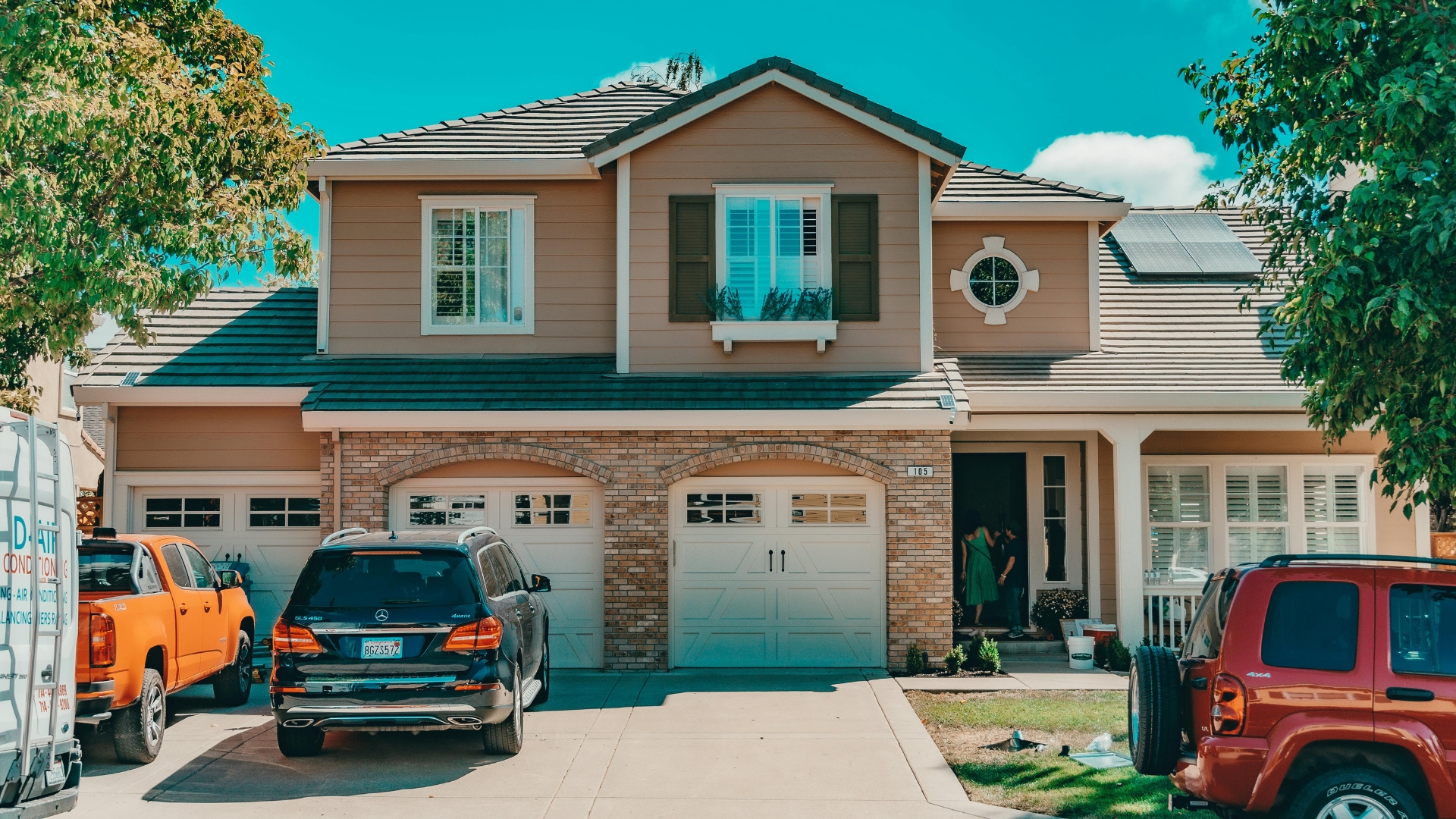
Garage doors play a vital role in security and convenience for homeowners. Yet, frequent use can lead to operational issues. Addressing these problems promptly is essential to avoid further complications. Here, we explore the most common garage door problems and provide actionable solutions, highlighting when professional help is advisable.
1. Door Won’t Open or Close
When a garage door fails to respond, potential culprits may include sensor misalignment, power issues, or control malfunctions.
Solution: Ensure sensors are clean and aligned, check your power source, and test the control system. If the problem persists, consult a technician.
2. Sensor Obstructions
Sensor blocks often cause doors to stop mid-operation for safety. Common obstructions include dirt or physical objects.
Solution: Clean the sensors and clear any visible obstructions. For stubborn issues, recalibrate the sensor alignment.
3. Broken Springs
Springs bear much of the door’s weight, making them vulnerable to breakage after repeated use. Broken springs can lead to sudden door drops.
Solution: Replacing broken springs requires professional assistance to ensure safe handling and proper installation.
4. Roller Problems
Rollers enable smooth door movement but can wear out over time, particularly if they are not lubricated regularly.
Solution: Lubricate rollers periodically to maintain performance. Replace worn or rusted rollers as necessary.
5. Failing Garage Door Opener
An aging or malfunctioning opener may struggle with door control, especially after extended use.
Solution: If troubleshooting (e.g., checking the motor and remote batteries) fails, consider replacing the opener.
6. Unusual Noises
Strange sounds, including grinding or squeaking, may signal issues with rollers, springs, or alignment.
Solution: Lubricate noisy components. For ongoing issues, consult a professional to assess possible hardware replacements.
7. Uneven Door Movement
An unbalanced door might sag on one side, often due to spring or cable issues.
Solution: Check alignment and remove any debris in the tracks. For spring-related issues, seek professional service.
8. Slow Door Response
Slow-moving doors can be due to track debris, worn rollers, or low-quality lubricant.
Solution: Clean and lubricate tracks, especially in extreme climates. Consider upgrading to weather-resistant lubricant.
9. Remote Control Issues
Remote problems often stem from dead batteries, signal interference, or transmission errors.
Solution: Replace remote batteries and clear obstructions from the signal path.
10. Keypad Malfunction
When the keypad fails, common causes include syncing issues or outdated codes.
Solution: Replace the batteries and refer to your manual for syncing instructions. If unresolved, consult the manufacturer.
Maintenance Tips
Regular inspections and lubrications can prevent many of these common issues. It’s advisable to schedule maintenance checks at least twice a year to keep your garage door operating efficiently.
Conclusion
Preventative maintenance and timely repairs are key to a reliable garage door system. For more complex issues or repairs, enlisting a professional can ensure safety and longevity for your garage door.